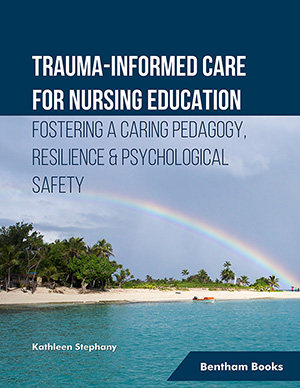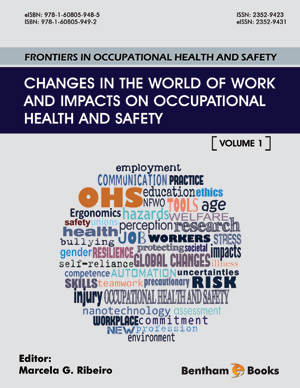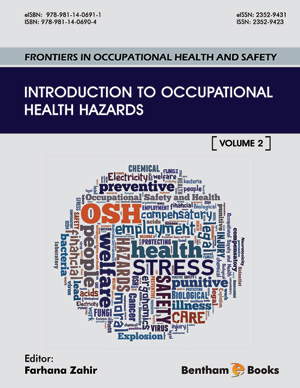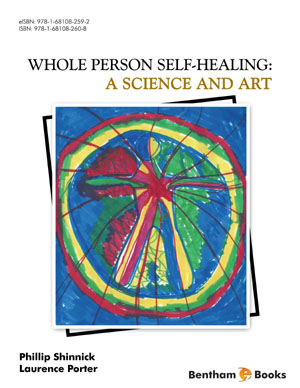Abstract
Chapter three explores client-centered, person-centered, and resiliencefocussed approaches to trauma-informed care, and although they differ somewhat, all
three are strength-based and share the common goal of helping people who have
experienced adversity. Client-centered care places the person and their capacity for
growth and change at the heart of all that occurs. This approach prioritizes respect for
the self-worth of every human being and promotes the practice of unconditional
positive regard. The quality of the therapeutic relationship between the nurse and
client/patient is important, as is the nurse’s ability to apply professional knowledge and
competence to the care they provide. A unique aspect of person-centered care is that it
provides services to people with acute and chronic health issues that are holistic, and
recovery-orientated. Collaboration and effective communication skills are essential
features of this approach. Positive ways to offer person-centered care to people from
these populations are reviewed, the elderly, those with a disability, people with
dementia, palliative care patients, and persons suffering from mental illness and
substance use. Specific components of recovery-oriented care that are included in the
discussion are a person’s capacity for change and courage, their responsibility for their
growth, and the importance of finding purpose in their lives. Resilience is identified as
the is the ability to carry on and bounce back to original functioning after experiencing
a trauma. We are made aware that a resilient person becomes stronger despite adversity
because they utilize positive emotions, develop a sturdy mindset, a renewed
commitment to life, and welcome challenges. The remainder of the discussion focuses
on how to safely conduct screening for trauma for everyone including survivors of
interpersonal violence (IPV). Two Narrative Case Studies are presented. The first one
demonstrates that when a client/patient crosses a professional boundary, a problem is
created for the nurse. The second Case Study explores how a survivor of interpersonal
violence (IPV) may require advocacy to help them stay safe. The following four
learning activities are recommended, how to practice unconditional positive regard;
exploring helpful strategies to utilize when conducting trauma screening; dispelling
myths associated with IPV; and how to implement survivor-centered approaches when
caring for someone who has experienced IPV. At the end of the Chapter, a self-care
strategy is recommended that challenges nurses to set aside time to focus more on
being present.
Keywords: Boundary violation, Client-centered care, Caring, Communication, Cognitive behavioral therapy (CBT), Collaboration, Dignity, Dementia, Empathy, Human connection, Implicit bias, Myth, Professional boundaries, Positive emotions, Palliative care, Patient-centered care, Person-centered care, Rescuing, Recovery-orientated care, Resilience, Respect for self-worth, Stress-hardy, Survivor-centered approaches to intimate partner violence (IPV), Stranger rape, Sturdy mindset, Strength-based approaches, Trauma-informed care, Traumascreening, Transference, Therapeutic relationship, Unconditional positive regard, Victim blaming.












